America A decades-long fire turned the once-bustling mining town of Centralia into a desolate hell.
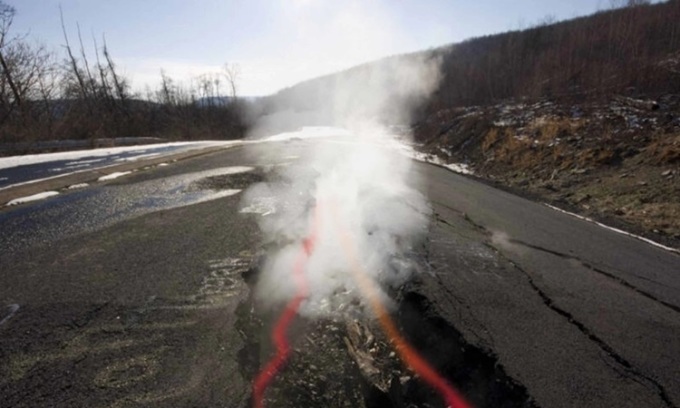
The town of Centralia is covered in toxic smoke and cracks. Photo: Unilad
Before 1962, Centralia, Pennsylvania, was a thriving mining town. That changed when a fire broke out last May. While officials aren’t sure what started the fire, the results were clear. The flames spread through the maze of mines below the town, causing damage along the way. Fissures opened up in the ground, sending gas and smoke throughout the town, and most residents were forced to evacuate. Today, 62 years later, the fire is still burning, according to IFL Science .
Before the fire, Centralia had relied on the mining industry for more than a century. Key to the town’s success was the rich anthracite coal deposits beneath its surface. Just as the mine began to open, Centralia was incorporated in 1866. The town was originally called Centreville, but changed its name in 1865 after the U.S. Post Office noted that there was already a town of the same name in Schuylkill County. By the 1890s, the town was home to more than 2,700 people who depended on the mine. Even when the Great Depression hit, forcing many mines to close, the town thrived.
Fires have been common in Centralia throughout its history. Several mine fires broke out in the 19th and 20th centuries, causing varying degrees of damage. However, none rivaled the 1962 fire. Officials don’t know exactly when or how the fire started. One popular theory is that it started in the Centralia dump, which was one of the mine shafts that had been converted into a landfill. At the time, the town council wanted to address the problem of garbage attracting rats and creating an unpleasant odor. In May 1962, they wanted to clean up the dump before the Centralia holidays, and their solution was to burn the dump.
The fire may have spread deep into the mine, igniting a vein of coal that grew into a much larger fire. Because the mines were so extensive and interwoven beneath the town, all mining operations had to be stopped because the carbon monoxide fumes were so toxic. The fire spread so far into the tunnel network that it seemed impossible to contain it. Centralia residents were compensated to move elsewhere. Soon, all the homes in the town were abandoned. Only seven residents remained, but they were forbidden to sell their homes to anyone else.
The fire beneath Centralia continues to this day and could last another 250 years until it runs out of fuel. But it is not unique. There are thousands of coal fires around the world , all of them nearly impossible to extinguish. The danger is growing. Exposed coal seams are exposed to oxygen and are easily ignited by human activity or natural chemical processes. The United States, China, and India have the highest number of coal fires in the world.
An Khang (According to IFL Science )
Source link


![[Photo] Parade to celebrate the 50th anniversary of Laos' National Day](/_next/image?url=https%3A%2F%2Fvphoto.vietnam.vn%2Fthumb%2F1200x675%2Fvietnam%2Fresource%2FIMAGE%2F2025%2F12%2F02%2F1764691918289_ndo_br_0-jpg.webp&w=3840&q=75)





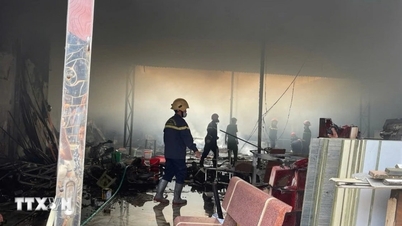

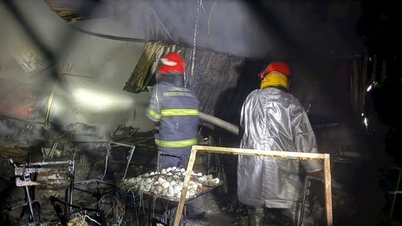



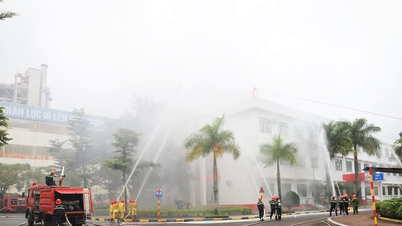

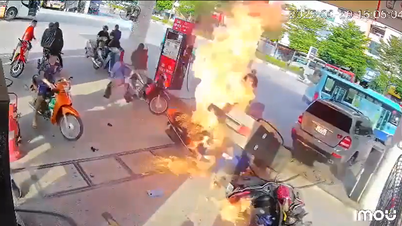





















![[Photo] Worshiping the Tuyet Son statue - a nearly 400-year-old treasure at Keo Pagoda](/_next/image?url=https%3A%2F%2Fvphoto.vietnam.vn%2Fthumb%2F1200x675%2Fvietnam%2Fresource%2FIMAGE%2F2025%2F12%2F02%2F1764679323086_ndo_br_tempimageomw0hi-4884-jpg.webp&w=3840&q=75)
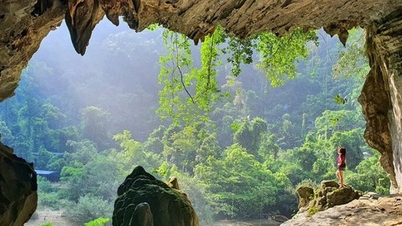

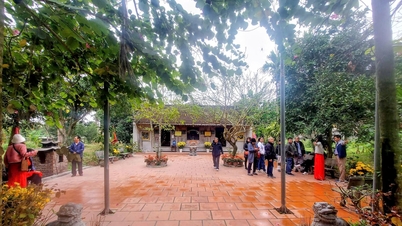
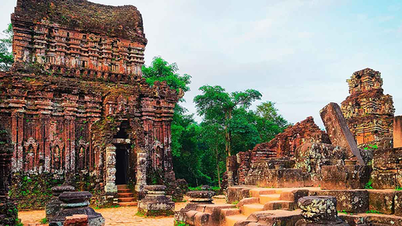





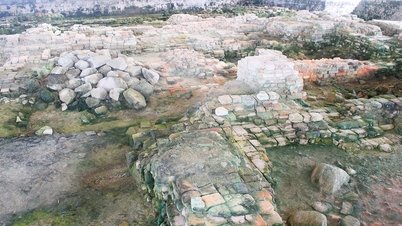
















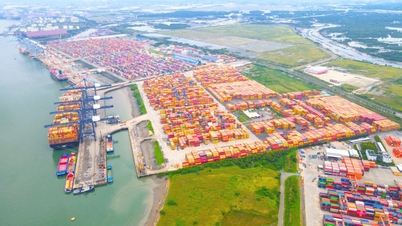

















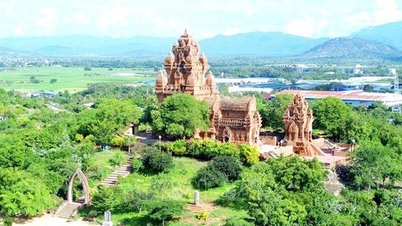




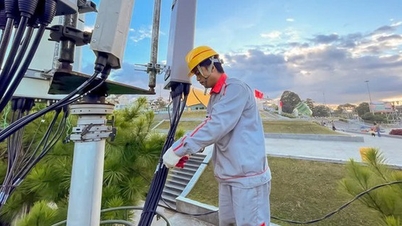





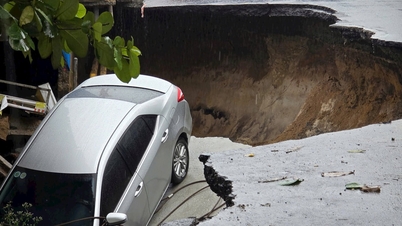


















Comment (0)